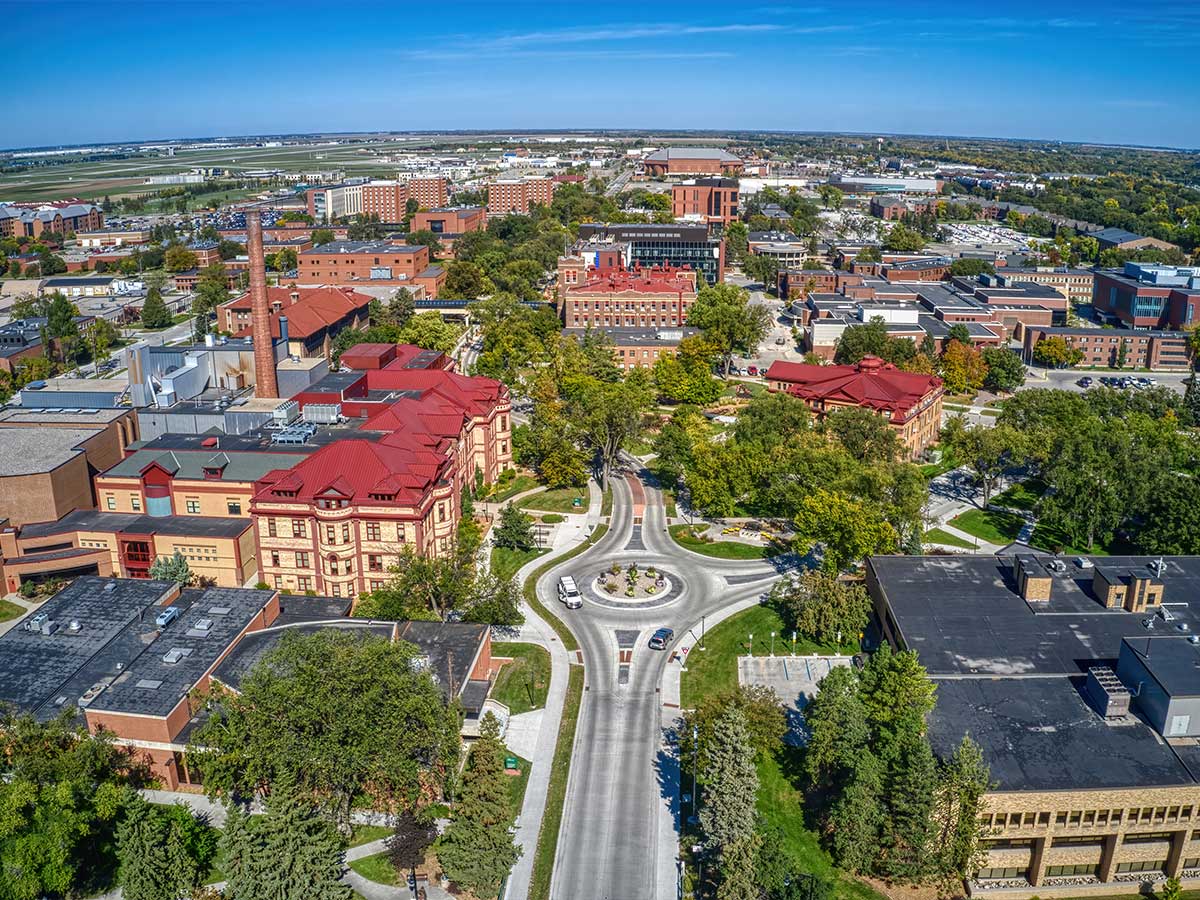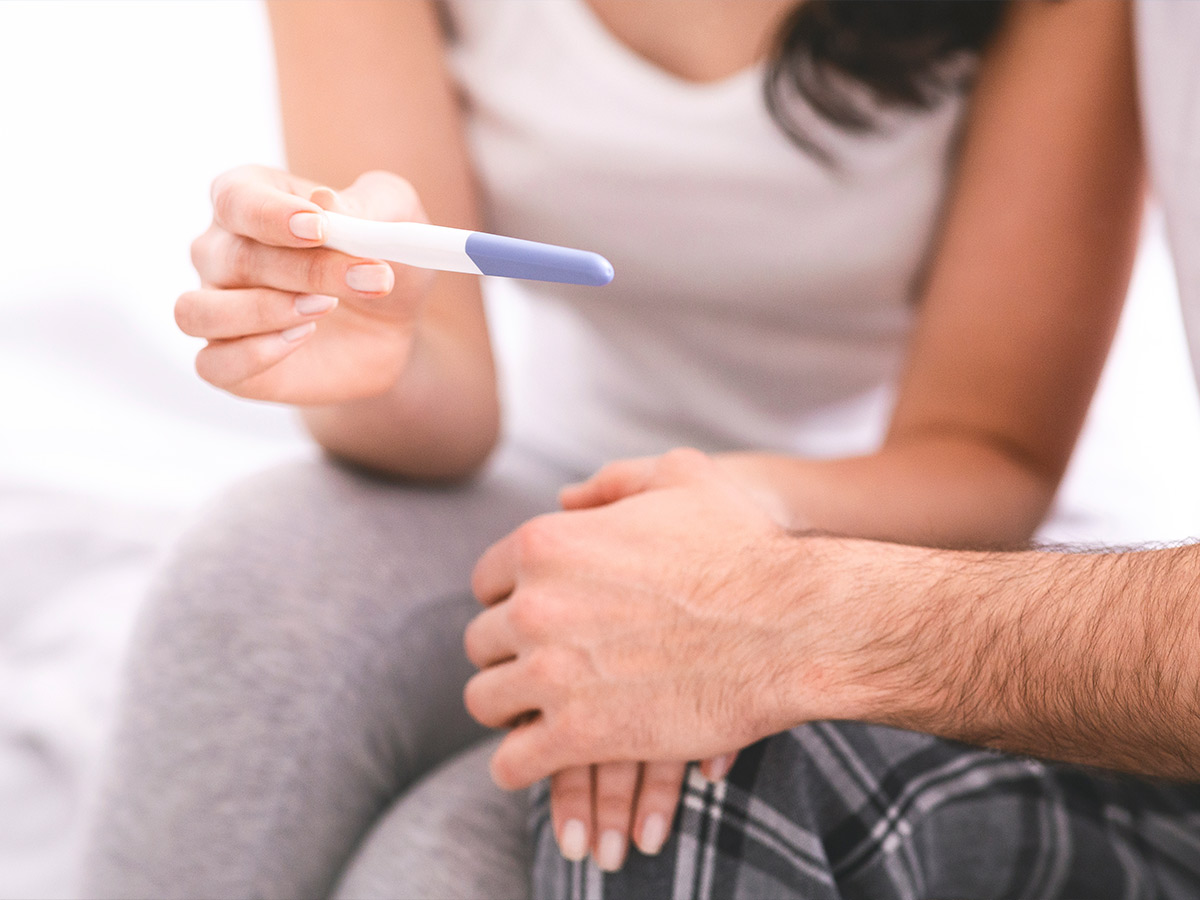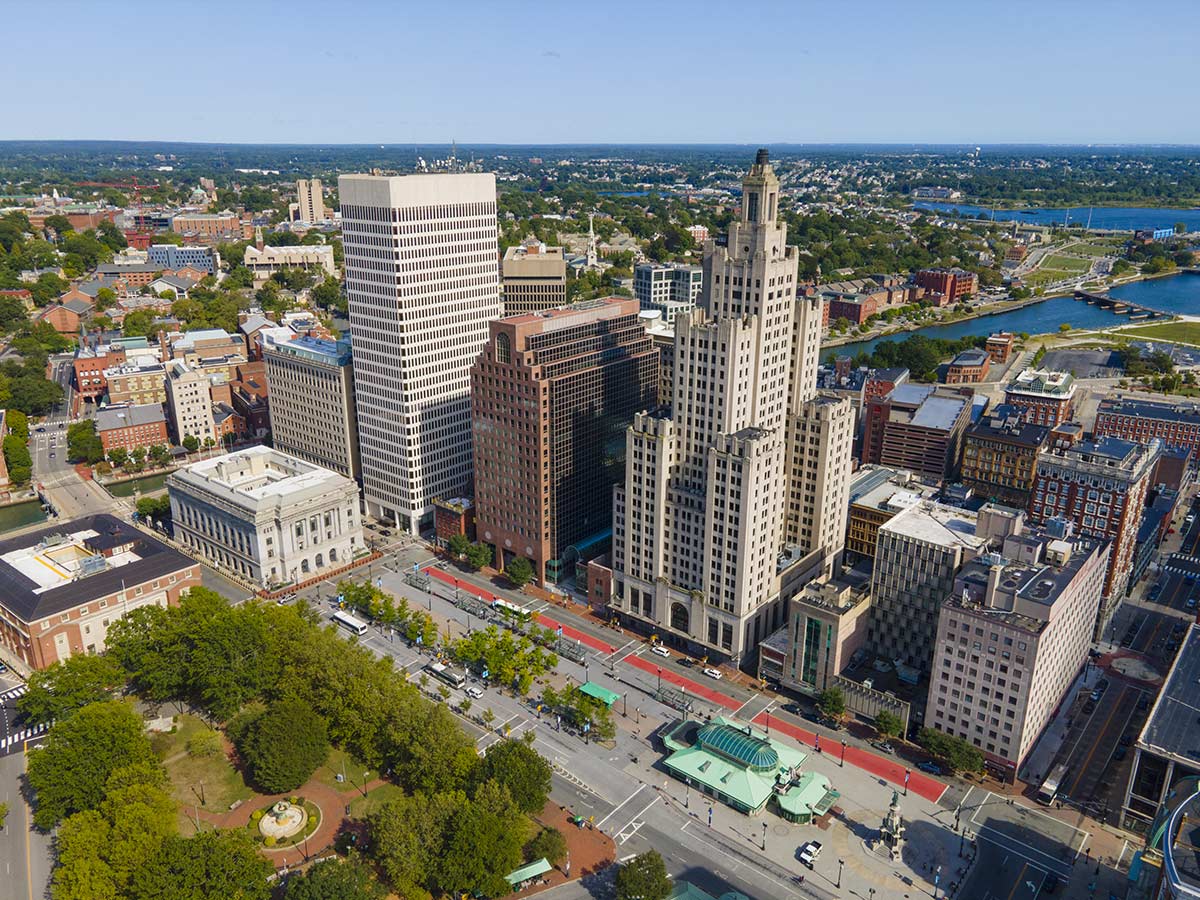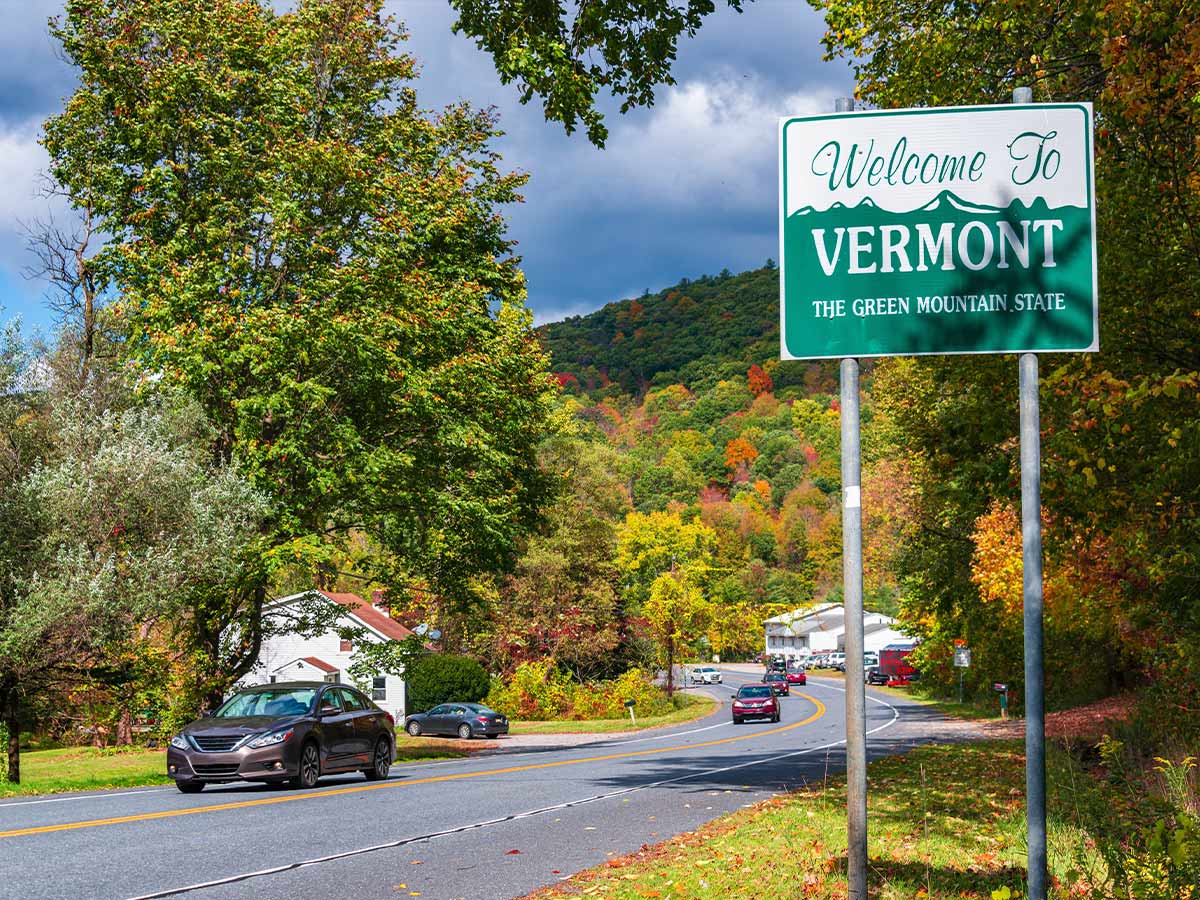Texas (61.9)

Texans tend to “go big or go home,” and their fertility rates are no exception. Sitting at 61.9, the Lone Star State had the fifth highest fertility rate in the country in 2022.
While most states have continued a downward decline, Texas’ fertility rate has increased since 2021, likely due to extreme abortion restrictions. This, combined with the states’ high infant and maternal mortality rates, makes this increase more concerning than promising.
North Dakota (62)

In 2022, North Dakota’s fertility rate was the fifth highest with 62 births out of every 1,000 women of childbearing age. Like most states with a high fertility rate, North Dakota is deeply conservative. Its emphasis on family and religion, combined with an extremely low cost of living, make it one of the few states maintaining a high fertility rate.
Nebraska (63.6)

At 63.6, Nebraska has one of the highest fertility rates in the country. However, like most states, the number represents a sharp decline from previous years.
One reason for Nebraska's high fertility rate could be the low cost of living, nearly 12% below the national average. That, combined with low unemployment and a high quality of life, makes Nebraska one of the best states for having children.
Alaska (64.9)

Surprisingly, America’s Last Frontier is holding steady on America’s baby frontier. Coming in with the second highest fertility rate, Alaska had 9,359 births in 2022, according to the NCHS.
Although the cost of living in Alaska is considerably higher than the rest of America, its standard of living is regarded as one of the best in the country. This is likely one reason its residents maintain a consistently high fertility rate.
South Dakota (66.5)

In 2022, South Dakota had the highest fertility rate in the United States. Though their rate is consistently high every year, it has steadily dropped from the previous record of 78.2 in 2015.
The state's strong religious values and good economy are explained as the reasons it leads the country in population growth.
Massachusetts (48.7)

Massachusetts had the fifth lowest fertility rate in 2022. At 48.7, the state's rate reflects most of the country today with rates in the low fifties and mid-forties.
In the early 2000s, fertility rates this low were the exception, not the rule. Now, many parts of the country are falling further below ~55. This is concerning, especially when normal fertility rates in 2005 hovered in the mid-sixties and above—even higher than the five highest fertility rates in 2022.
New Hampshire (47.9)

New Hampshire is the next state with one of the lowest fertility rates in the country. Like some states, it usually has a low rate and hasn’t changed too drastically.
Fertility rates are typically a good indicator of the economy, as people want to have more children when it feels financially safe. After the Great Recession, New Hampshire and most of America failed to recover the high fertility rates seen when the economy felt more trustworthy.
Rhode Island (47.5)

Rhode Island had the third-lowest fertility rate in the country, fitting for its small size. Thankfully, the state's economy is on the rise, but that doesn’t seem to affect its fertility rate.
Though the Ocean State is a great place to live and raise kids, its residents are deciding to wait. Women across the country are choosing to prioritize their education and careers and have fewer children later in life.
Oregon (47.3)

Oregon has the second-lowest fertility rate in the country. Its fertility rate has fallen drastically—down 15.6 since 2005—raising alarms.
When a state’s fertility rate falls too low, it is unable to fulfill the rate of replacement required to maintain its population. When babies aren’t being born, the workforce will not be able to sustain itself sufficiently down the line, meaning fewer doctors, EMTs, construction workers… all the essential workers needed to maintain a safe and functioning community.
Vermont (44.3)

Vermont has the lowest fertility rate in the country. While other states have seen a steady and sharp decline in child births, Vermont has remained low for some time. The fertility rate was only 50.2 in 2005, so Vermont has only experienced a 5.9 decrease in almost two decades.
The state is notoriously liberal, valuing family planning and higher education, contributing to the low fertility rate. Though its rate is trending downward, Vermont remains one of the best places to have a baby. Infant and maternal mortality rates stay low, along with low childbirth costs.
 Author
Ron Winkler
Last Updated: December 26, 2025
Author
Ron Winkler
Last Updated: December 26, 2025